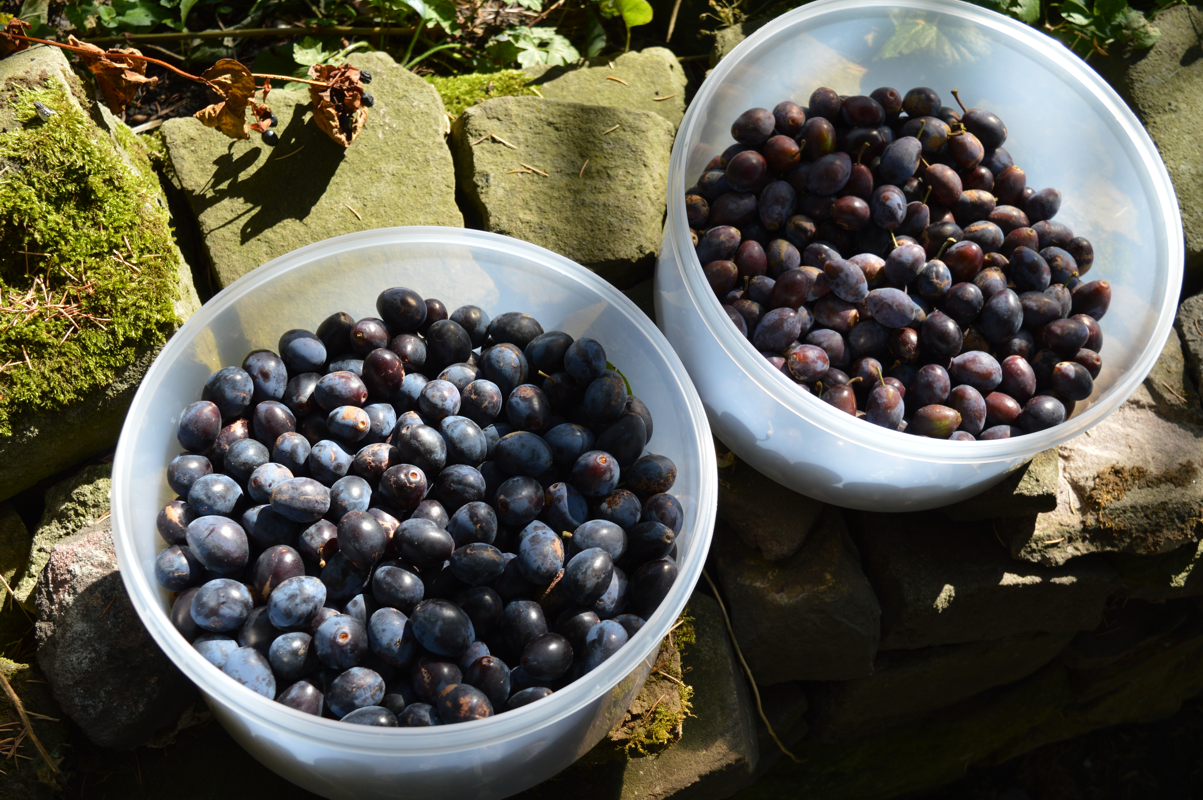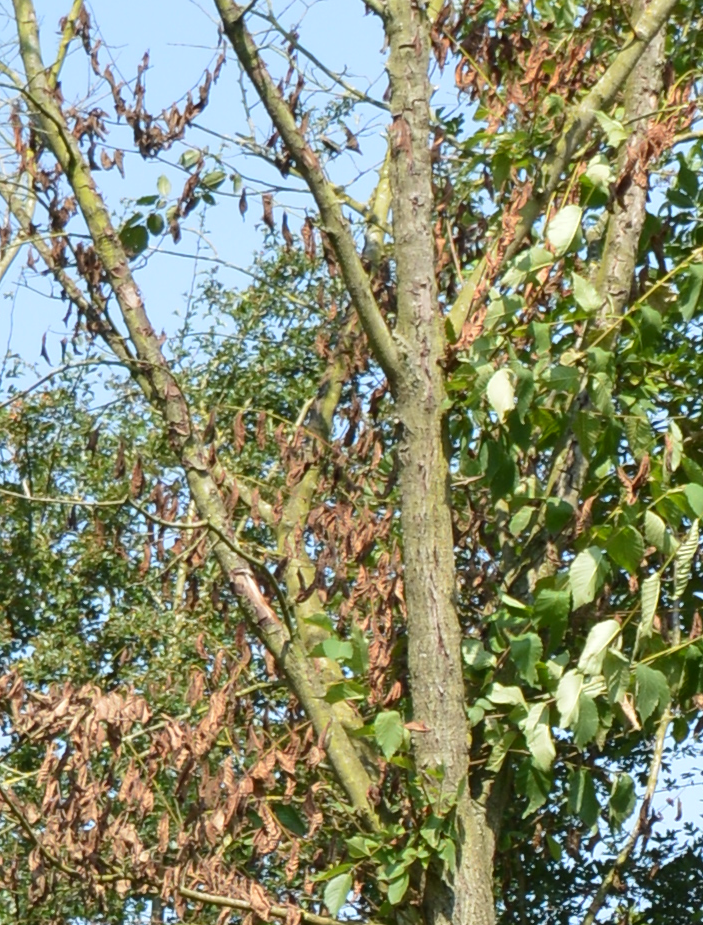We noticed a few rat burrows close to the chicken feed area. I have not seen any rats themselves, but if we block the holes by collapsing them they are soon repaired. We don't like the idea of poison bait as other animals may find the corpses. We've tried metal vermin traps to try to catch the rats live, but without success. The rats are clever enough to remove the bait without springing the traps.
This week I purchased 5 kilograms of Dry Ice pellets. In the process of a couple of applications we stuffed the entrances of the burrows with Dry Ice. This vaporises producing carbon dioxide gas which fills the tunnel system and fumigates the rat burrows by asphyxiating the vermin. It is quick and painless.
Since application we've seen no rat activity. This is not the cheapest solution with Dry Ice costing about £10 per kilo in small quantities, but it avoids causing harm to other animals or birds. There is no residue left in the soil.
Update: One week later.
I was too optimistic, the rat activity started up again. It seems their burrow system was much larger than we'd estimated and the CO2 gas didn't reach everywhere. We've given in and tried rat poison. (Tomcat Bait). Our particular horde of rats seem to be immune to the poison (Bromadiolone) as they have munched through 1.5 Kilo's of bait in less than a week. The guidance is to never under-bait! Just as I arrived on site with a batch of different poison I found our first dead rat. Overall their activity seems much reduced, so fingers crossed it may have worked.
Update 13th May 2015
The new bait seems to have worked; there are no rats living close to the chicken run. I keep the bait topped up and it gradually decreases, I think this is from visiting rats.
Update: One week later.
I was too optimistic, the rat activity started up again. It seems their burrow system was much larger than we'd estimated and the CO2 gas didn't reach everywhere. We've given in and tried rat poison. (Tomcat Bait). Our particular horde of rats seem to be immune to the poison (Bromadiolone) as they have munched through 1.5 Kilo's of bait in less than a week. The guidance is to never under-bait! Just as I arrived on site with a batch of different poison I found our first dead rat. Overall their activity seems much reduced, so fingers crossed it may have worked.
Update 13th May 2015
The new bait seems to have worked; there are no rats living close to the chicken run. I keep the bait topped up and it gradually decreases, I think this is from visiting rats.

























